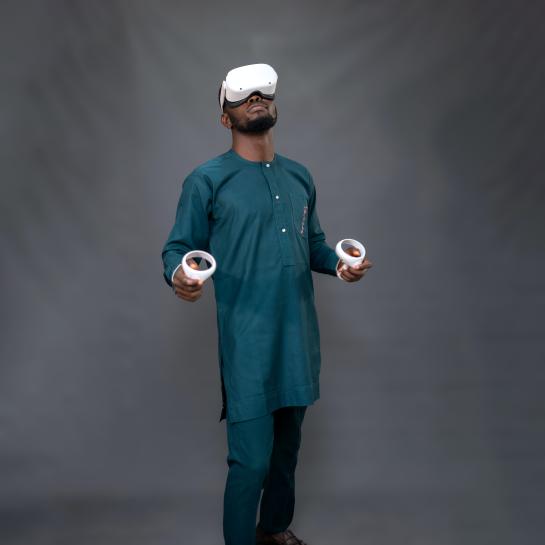
Swave Photonics, a spin-off from Vrije Universiteit Brussel and imec, is pioneering the development of holographic chips using groundbreaking diffractive optics technology. With a focus on Holographic eXtended Reality (HXR), Swave Photonics is on a mission to bring the metaverse to life. They have recently secured additional seed extension funding, which will enable them to unveil their HXR chip in the coming months.
After five years of development, Swave Photonics secured €7 million in seed funding in 2022 and an additional €3 million in a seed extension in June 2023. They plan to use this additional funding to expand their team and continue developing their HXR technology, aiming to introduce a prototype HXR chip by the end of 2023 and showcase it at CES in January 2024. Swave Photonics aims to make extended reality nearly indistinguishable from the real world through its holographic technology.
To realize its ambitions of mass production within the next two years, the company plans to start a Series A round of financing in the fourth quarter of 2023. They intend to manufacture the HXR chip using standard CMOS (Complementary Metal-Oxide-Semiconductor) technology, a widely accepted and cost-effective approach for producing integrated circuits, including microchips.
Swave Photonics benefits from its dual presence in Flanders and Silicon Valley, allowing it to leverage breakthrough technologies from imec and VUB while staying connected to the global tech ecosystem.
Swave Photonics’ impressive achievements include winning the 2023 SPIE Startup Challenge and securing a place among the top 100 electronics and semiconductors startups to watch.
